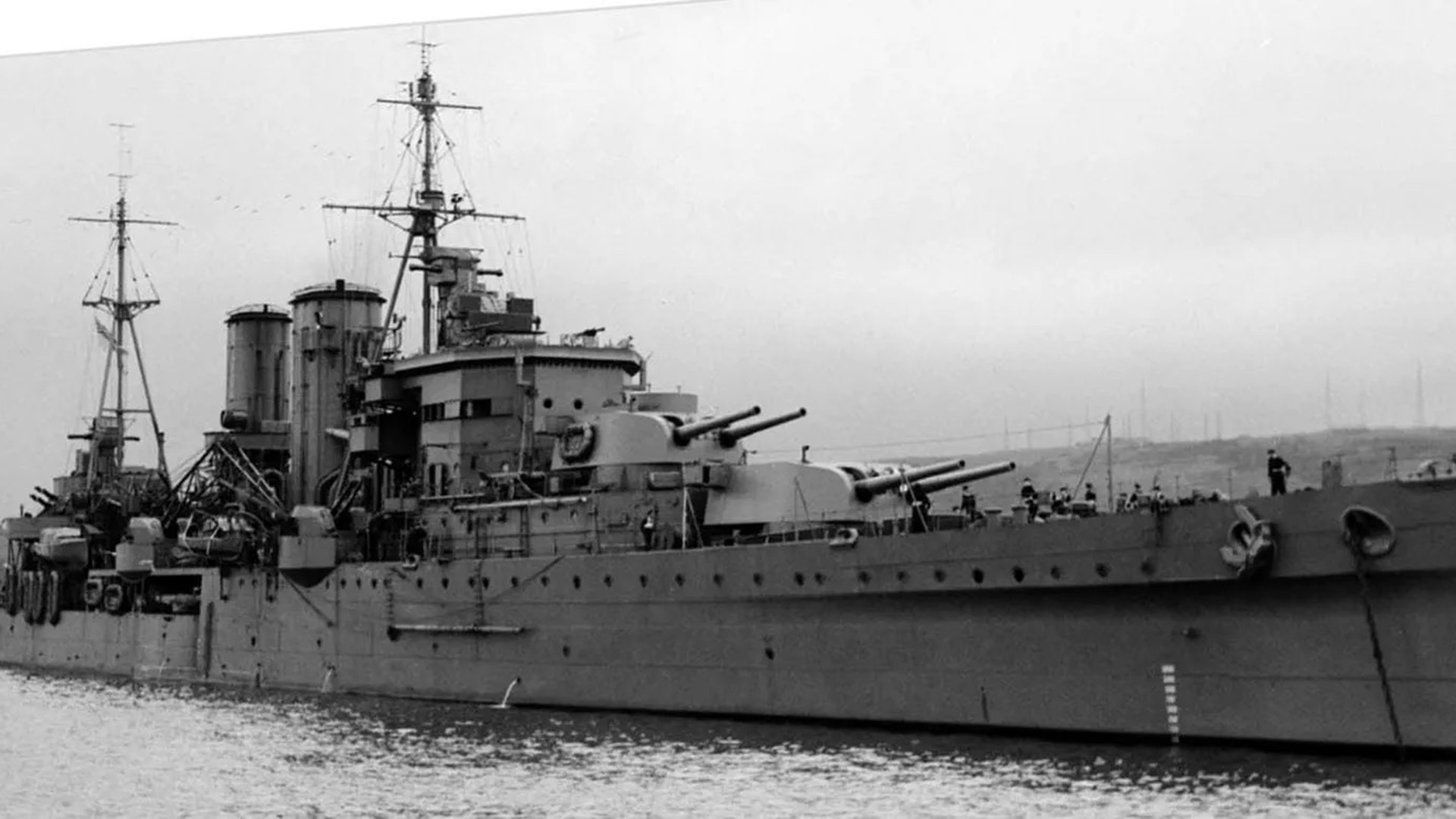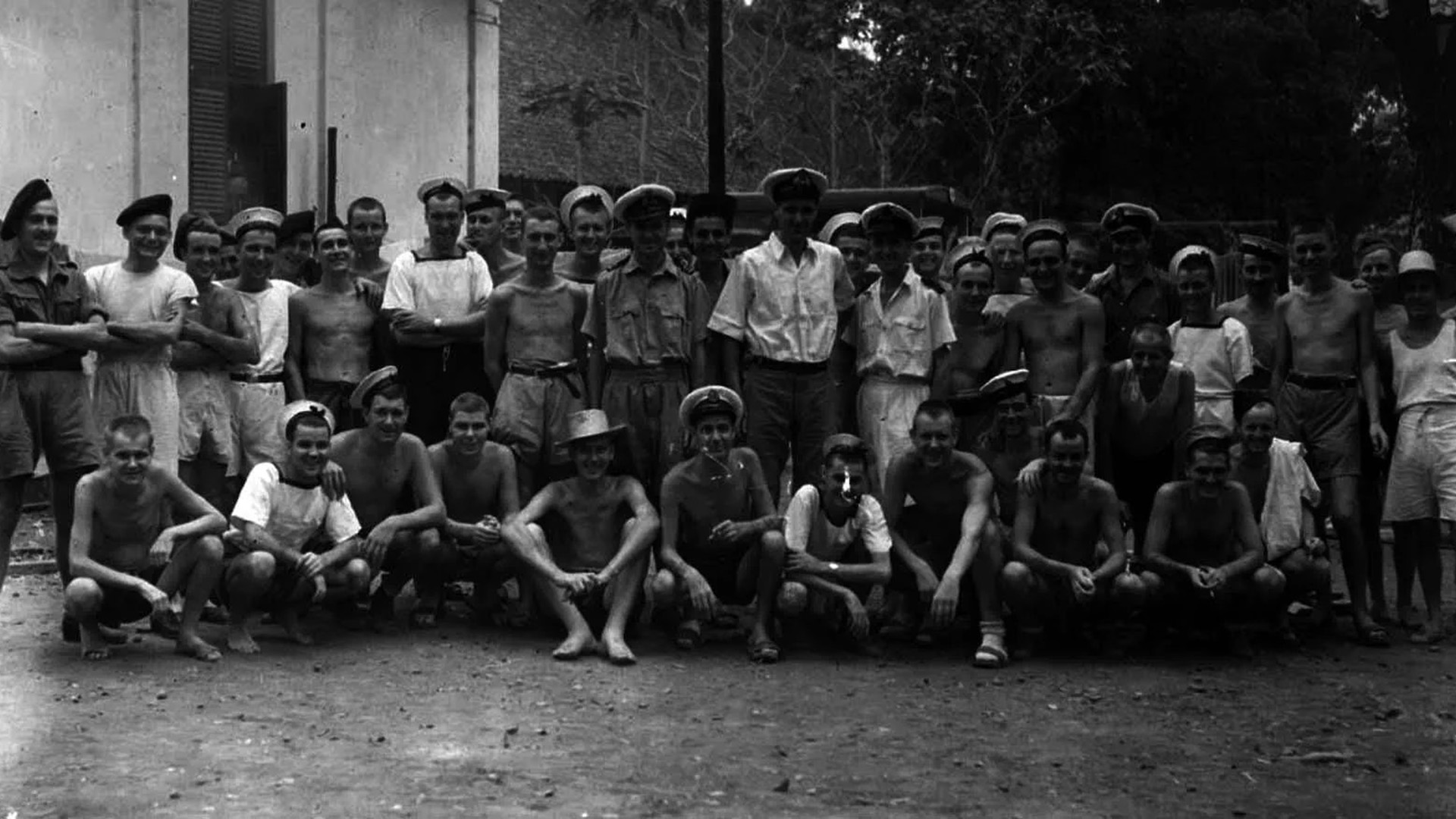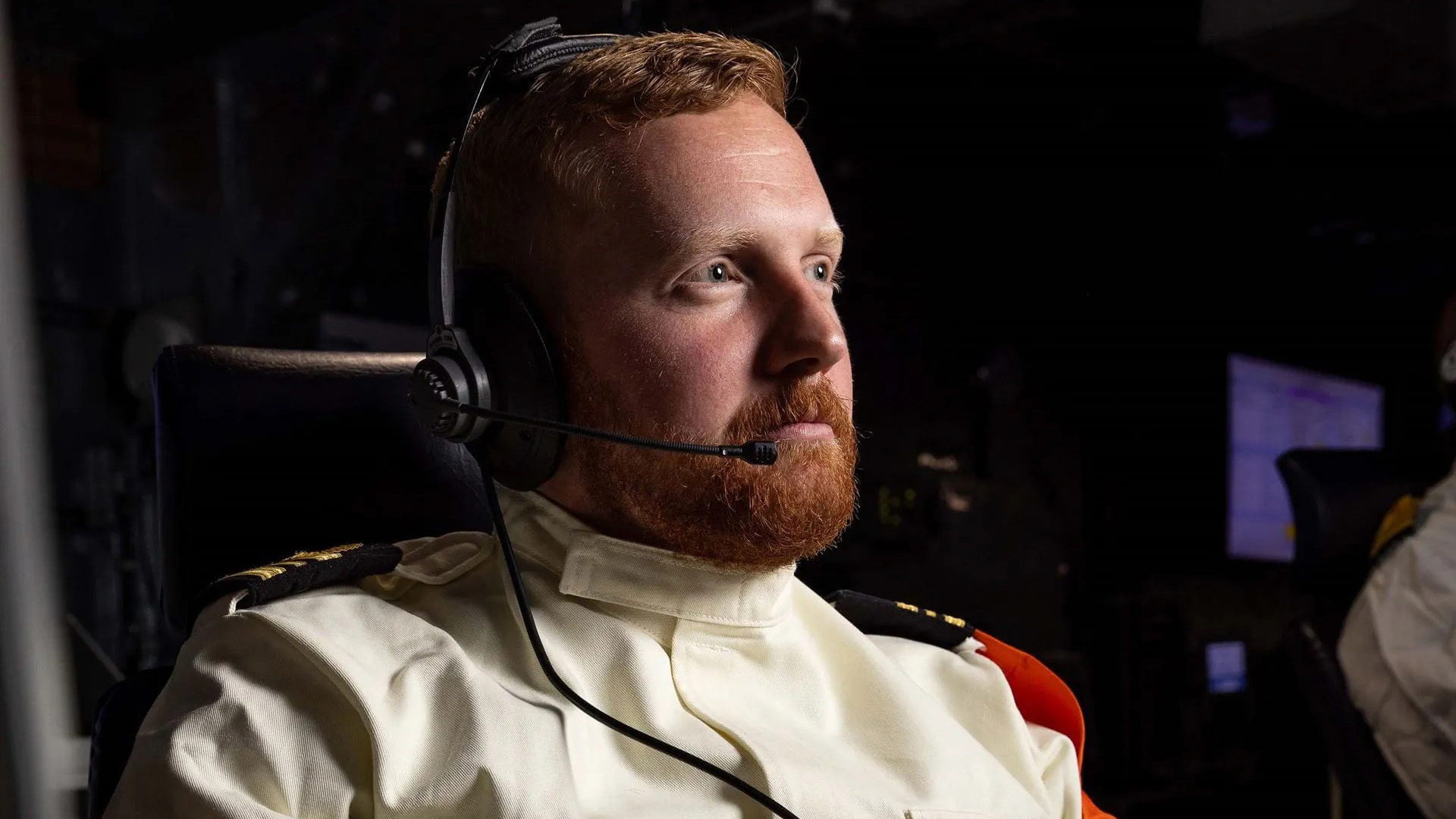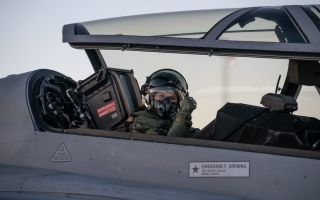
HMS Prince of Wales sailors remember WW2 tragedy as flagship passes battlefield site

The Royal Navy flagship's sailors have commemorated the past sacrifices of servicemen as the £3.5bn aircraft carrier sailed on the latest leg of her deployment.
The 65,000-tonne vessel is currently leading Carrier Strike Group 25 towards northern Australia ahead of Exercise Talisman Sabre after a week-long stop in Singapore.
Since arriving in the Indian Ocean last month, the international force has traced a similar route to the Navy warships in 1941/2 as they tried to hold back the Japanese tide sweeping through southeast Asia.
The CSG25 has been sailing through the Java Sea, located between the Indonesian islands of Borneo, Java, and Sumatra.
In late February and early March 1942, the Java Sea was the host of two major naval encounters, known as the Battles of the Java Sea, which resulted in the Japanese gaining control of the Southeast Asian waters and sinking several vessels, including the heavy cruiser HMS Exeter.
Most of HMS Exeter's sailors lived to tell the tale, and among them was Stoker 1st Class Patrick Joseph 'Rusty' Cawley, from Burtonwood near Warrington, who escaped the horrors of the engine room and made it to a life raft.
The Japanese later captured SPO RN Cawley, and many of his shipmates, and he spent the remainder of the war as their prisoner.

However, now eight decades on, one of HMS Prince of Wales's crew is Rusty Cawley's relation.
Lieutenant Commander Dominic Garner, 30, knew Rusty Cawley as 'Uncle Paddy', and he wanted to remember the battle, which has been overshadowed by the loss of the previous HMS Prince of Wales and the fall of Singapore.
Uncle Paddy never elaborated on his experiences during the war with his family, but Lt Cdr Garner, from St Helens, has tried to work out Paddy's story through research and conversations with former shipmates.
Paddy Cawley is thought to have ended up at the infamous Makasar Camp near Celebes, where inmates were forced to build railways and military infrastructure.
When Lt Cdr Garner was training at Dartmouth more than 10 years ago, he went to a service for the wartime Exeter, which was attended by a small group of survivors that led to his interest in the history of the ship, her crew, and 'Uncle Paddy' being restarted.
The veterans recognised some of their old shipmate's features, not least his striking ginger hair.

"We spent the rest of the afternoon and evening sharing stories as they told me their tales of each other and my great uncle during the battle and the rest of the war as prisoners of war together," the naval officer said.
"That afternoon and the profound feeling of belonging I had as a young midshipman has stayed with me throughout my career."
Twelve years later, Lt Cdr Garner has had the chance to honour them and remember his great uncle.
"Being deployed in HMS Prince of Wales and operating in the Java Sea, where some 83 years ago my uncle and his shipmates were sunk, fighting as the ship went down, makes me feel so proud to serve today,” he added.
The CSG25 deployment, also known as Operation Highmast, involves around 4,500 British military personnel, including nearly 600 RAF and 900 soldiers, alongside 2,500 Royal Navy sailors and Royal Marines.
Australia marks the final destination of the voyage.
For more reports about Carrier Strike Group 25, click here.









